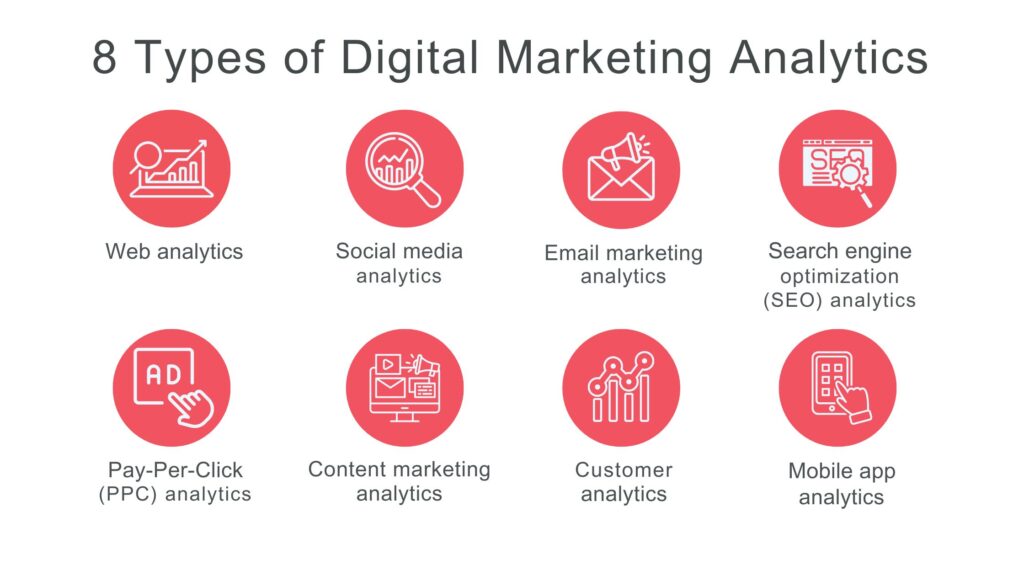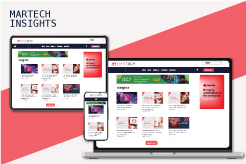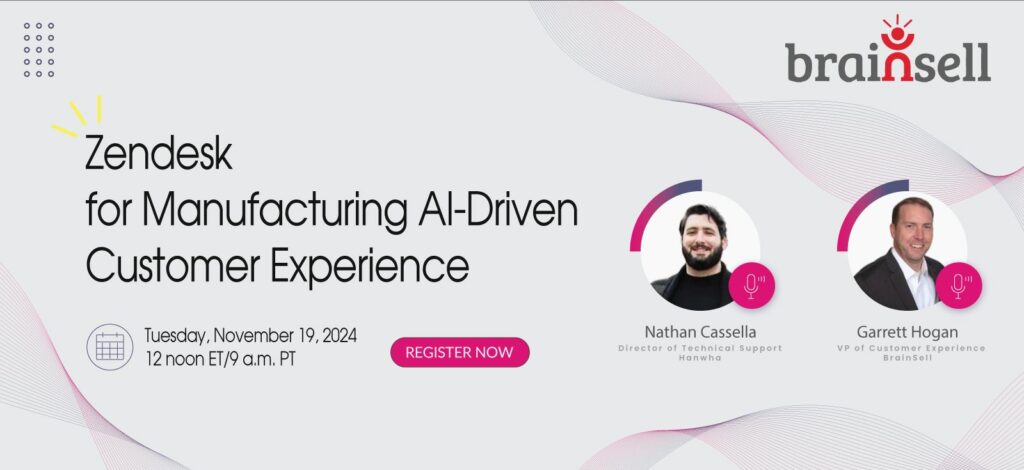“Market prediction is a gamble” Most of the time it is true. But the fact is gambling itself is a game of predictive analytics.
History repeats itself so as the numbers and graphs, most of the market movements are not new if you are too lazy to do research and analysis. Relying on market trends and looking for repetitive market behavior is a go-to marketing strategy.
Imagine knowing exactly what your customers need, even before they do. That’s the magic of predictive modeling! It takes marketing decisions from guessing to data-driven. Companies that use predictive analytics to improve their marketing efforts have reported that the growth in precise decisions has increased from 50 to 70 percent.
Popular Uses of Predictive Modeling
Predictive modeling uses big cloud databases to make smart decisions, This makes it a great tool to be used in marketing efforts for better risk-taking and many more. Here are some benefits of using predictive analytics.
1. Targeting the Right Audience
Targeting is looking at things like age, location, and even what websites your audience visits to create groups of people with similar interests. This way, businesses can show their ads to the exact right people, not everyone at once. It’s like whispering your favorite video game to your best friend, instead of shouting it out to the whole playground!
2. Perfect Timing for Ads
Have you ever seen a commercial for winter coats in the middle of summer? Not exactly the best timing, right? Predictive modeling can help businesses figure out the perfect time to show their ads. Imagine seeing an ad for a delicious ice cream cone on a super hot day, or cozy pajamas when the weather starts to get chilly. Predictive modeling helps businesses time their ads just right, so they reach the right people at the moment they’re most likely to be interested.
3. Happy Customers, Happy Business!
Businesses want to keep their customers happy, right? Predictive modeling can help with that too! It can help predict which customers are most likely to stop buying from a store. This way, businesses can reach out to those customers with special offers or discounts to keep them happy. It’s like giving your favorite store a high five for having the things you love, and they might just give you a high five back with a special offer!
4. Maximize Customer Lifetime Value:
Customer Lifetime Value (LTV) is the predicted profit you can expect to make from a customer throughout your relationship. Predictive modeling can estimate LTV, helping you make data-driven decisions to retain high-value customers across different media channels. You can also use it to identify potential customers who have the potential to be valuable to your brand over time.
The Power of Predictive Analytics
Predictive modeling helps with audience targeting, ad campaign optimization, and prioritizing high-value customers. But it has even more tricks up its sleeve! It can analyze trends to help you respond to industry shifts and project ROI for resource allocation.
While some marketers are taking things to the next level with fancy AI and machine learning, predictive modeling can be powerful even without those tools. Here are some examples:
- Regression Analysis: This compares the impact of campaign variables (like channels or messaging) to optimize your outreach.
- Time Series Analysis: This helps you understand trends over time, allowing you to create sales forecasts.

Getting Started with Predictive Analytics Modeling
Whether or not you go the AI route, using predictive modeling in 2024 makes great business sense, especially with evolving customer behavior and changing media habits. The ability to hyper-personalize campaigns is becoming crucial, and predictive modeling delivers that along with tons of other valuable insights.
Here’s how to get started:
- Partner with an Agency:
If you’re new to predictive modeling, partnering with an agency is a great way to begin. You can tap into their expertise across many brands, develop your skills, and get guidance as you integrate this powerful tool into your marketing strategy. Collaboration with agency data scientists and analysts can also be helpful.
If you are struggling with pinpoint market prediction consider reading reports from Intent Market Research (IMR), This will give you a wider view of market analytics and trends.
2. Self-Learning is Powerful:
Even without an agency, you and your team can learn more about predictive modeling. Online courses, tutorials, and other resources are readily available. Understanding this field helps your team collaborate better, work effectively with external resources, and ultimately make smarter decisions.
3. Define Your Priorities:
After learning the ropes, define your initial and long-term goals for your predictive modeling strategy. Here are some examples:
- Improve customer targeting
- Predict customer behavior more accurately
- Enhance campaign performance
- Maximize customer acquisition efficiency and LTV
Setting priorities makes it easier to plan implementation and identify success metrics.
4. Start Small, Scale Up:
Don’t try to implement predictive modeling across everything at once. Choose a single project to begin with. This lets you gain experience without feeling overwhelmed, and it gives you space to learn and adapt as you go. Once you’re confident in the results, you can expand your use of predictive modeling.
5. Continuous Improvement:
The best practice is regularly evaluating your predictive modeling performance against your objectives. Use the metrics you identified when defining priorities to track progress over time and adapt your approach for continuous improvement.
Conclusion
Predictive modeling can truly transform campaigns. In one real-world example, it helped a company achieve year-over-year subscription growth in a highly competitive market. Their data-driven rapid optimization system and high-confidence predictive performance model significantly increased market share, exceeding client expectations.




